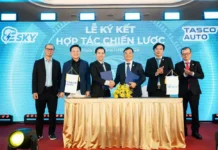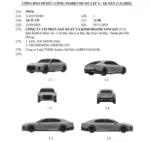What is Omoda Brand?
Omoda is a subsidiary brand of Chery, first launched at the 2021 Guangzhou Auto Show. Omoda aims to create high-end, trendy and modern cars that are suitable for young customers who appreciate technology. Omoda is also Chery’s global brand, with ambitions to expand into markets outside of China such as Southeast Asia, South America, Africa, Australia, and Russia. The launch of OMODA in the Russian market was quite successful, with the brand ranking 8th in terms of sales in Russia in Q1 2023.
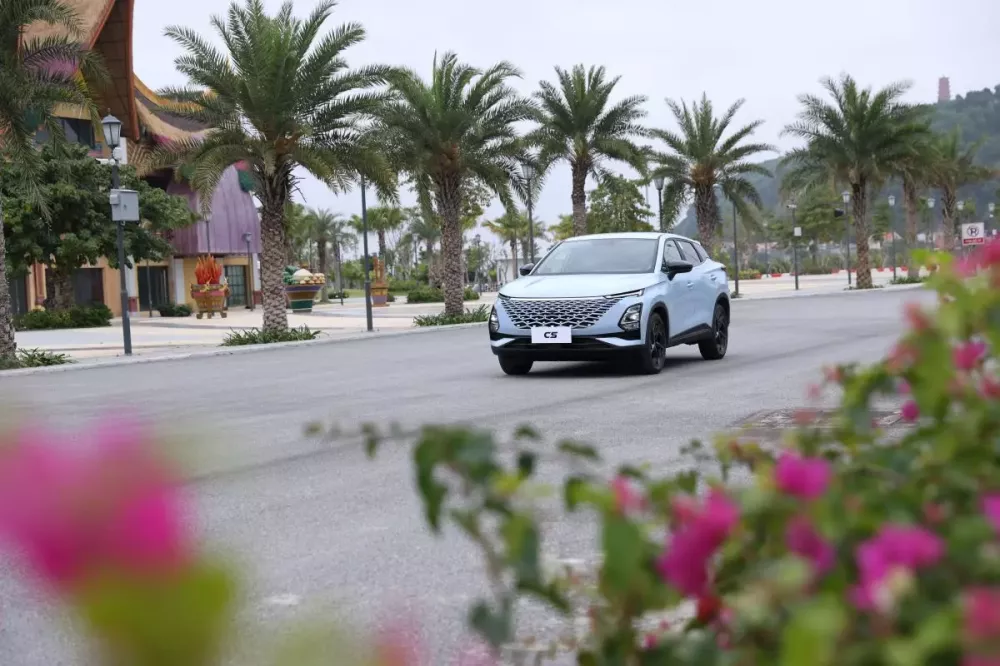
The first model of the brand is the OMODA 5 – a B-segment SUV, which is the subject of this article, set to be launched in Vietnam this year. Initially, Omoda 5 models will be imported from Indonesia to Vietnam, then will be locally assembled once Chery completes its factory in Vietnam, in collaboration with Geleximco.
Omoda C5 Design: Modern Exterior, Smooth Interior
Omoda C5 features an attractive design from the front, thanks to the wide inverted trapezoidal grille that seamlessly connects with the modern LED daytime running lights.
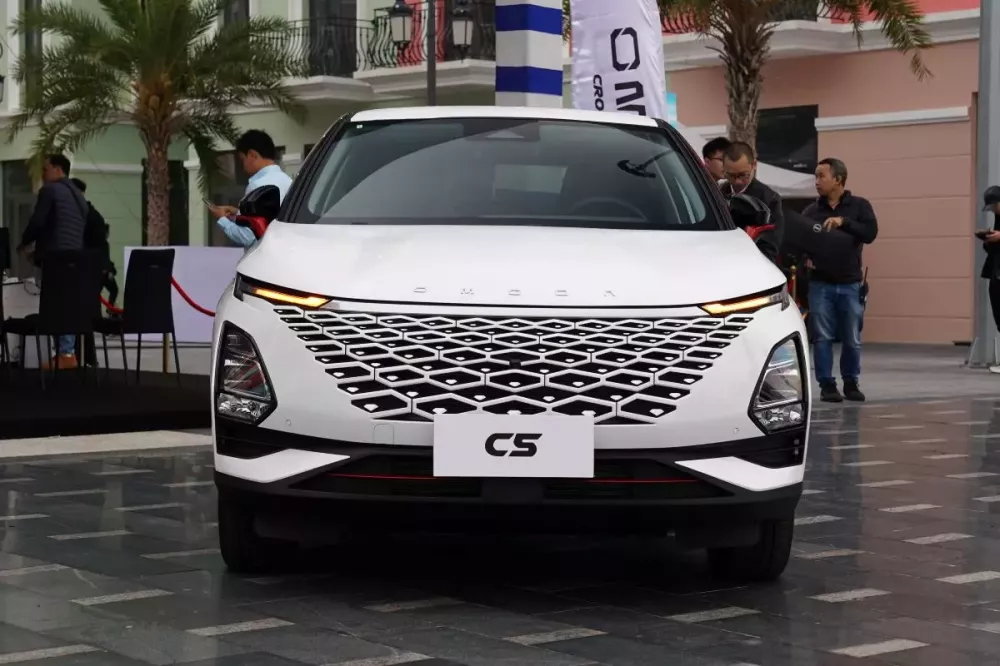
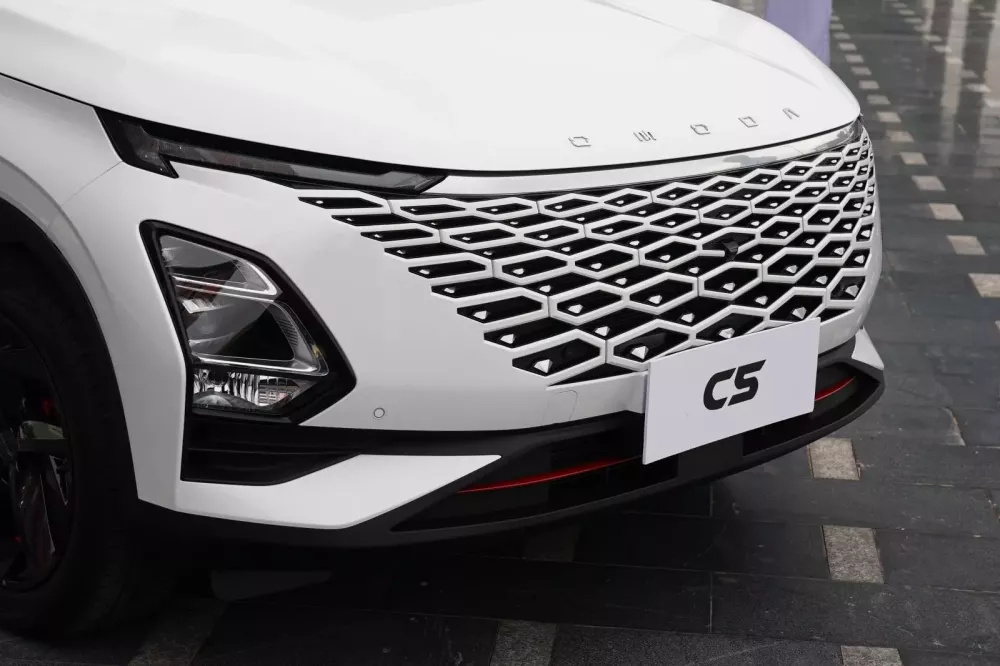
The dual-layer headlights and the side air vents on both sides give a sleek and youthful look. This design is eye-catching and appealing to onlookers, but it may quickly become outdated.

The side of the car is impressive with the extended body lines that create a sense of motion. The sloping roofline and the combination of the red-black dual-tone on a white background in many details emphasize the sporty style of this model.
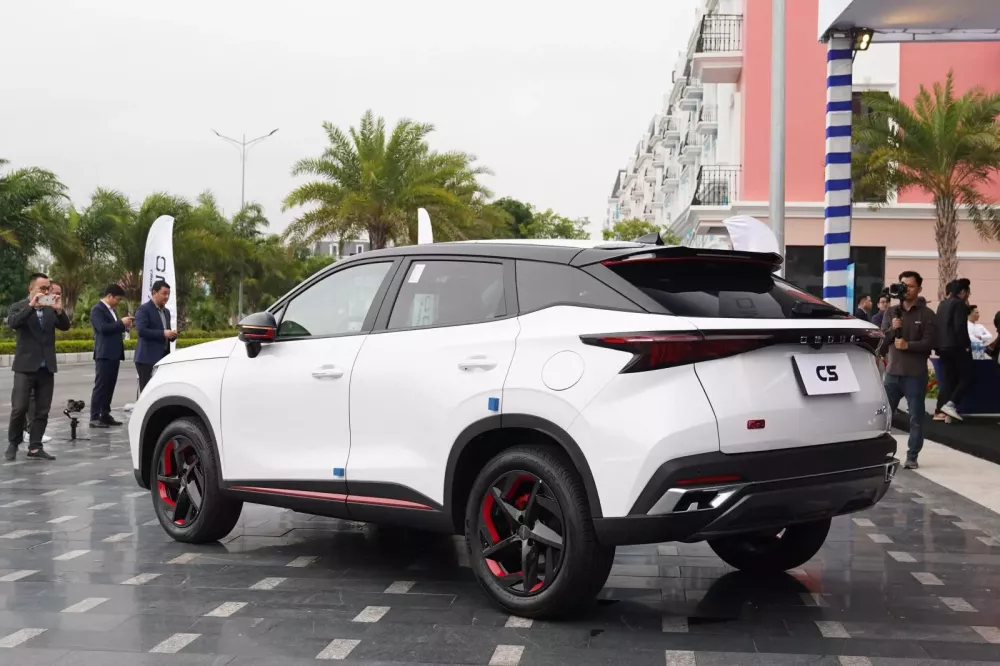

From the rear, the full LED taillights form horizontal arrow-shaped lines, the rectangular dual exhaust pipes, the two-tone rear spoiler, and the brake lights complete the overall sporty and youthful look of the car.

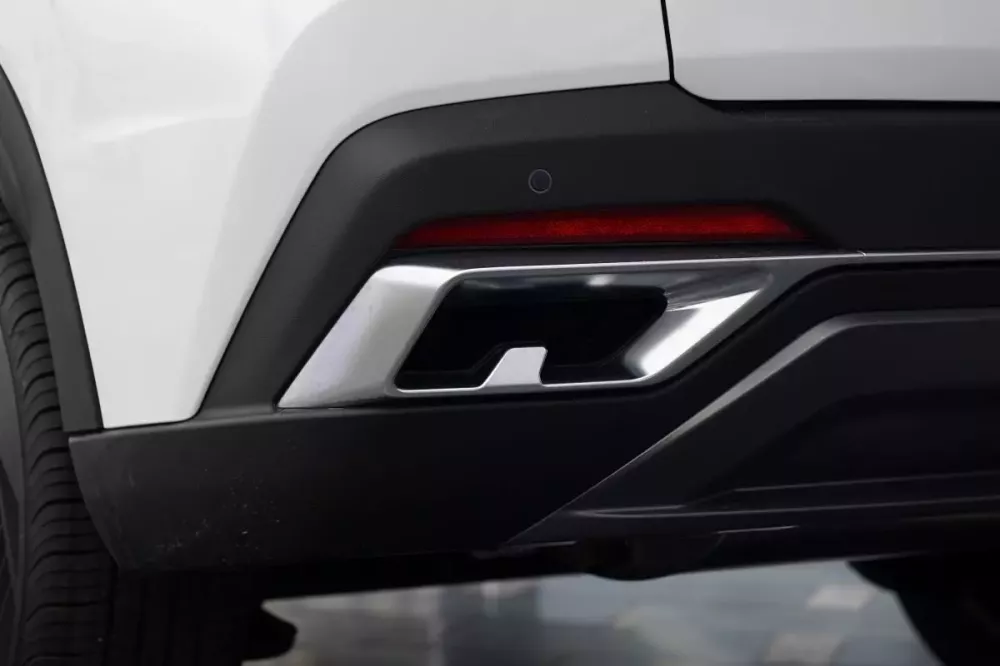
In the interior, the highlight is the infotainment system and the instrument cluster of the C5 combined into a single elongated screen on the dashboard. The software and interface of these systems are similar to Chery models and some previous Chinese models.
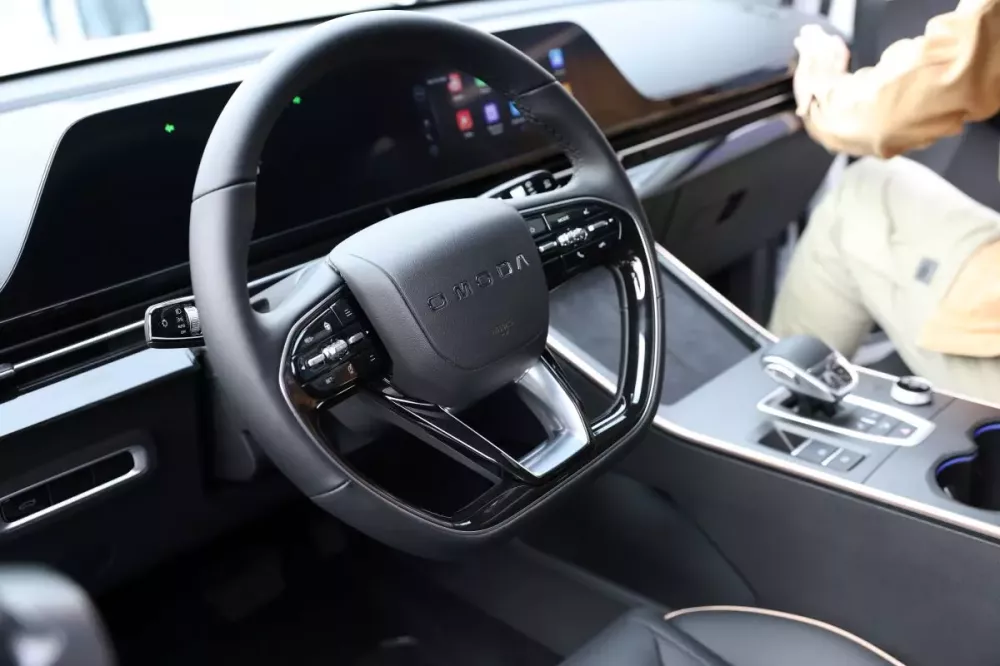
The interior represents a step forward in terms of luxury feel, with mostly soft materials in the cabin and comfortable seats. The front seats are inspired by racing seats, providing a snug and comfortable experience. The rear seats are also impressive in terms of comfort and smoothness, although the headroom for rear passengers is slightly limited due to the sloping roof design.
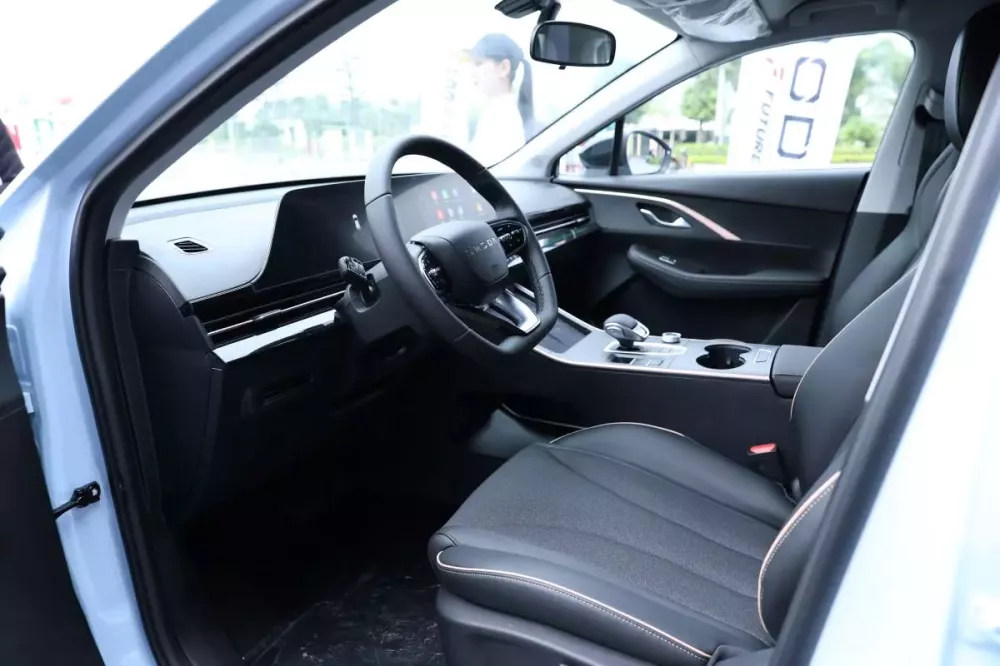
The driver’s seat is electronically adjustable in terms of height and position, while the front passenger seat only moves forward/backward through the electric switch; there is no height adjustment. A unique feature is the seats with air ventilation for cooling in the summer, which is quite luxurious compared to other models in the segment.

The air conditioning system in the car is a dual-zone automatic system, with air vents for the rear seats. The car even has a cooling water reservoir right below the armrest, which is a quite interesting feature. The sunroof is available in the highest trim level, adding a touch of luxury to the Omoda 5 model.
The luggage capacity is announced to be 380 liters, slightly smaller than its competitors.
What engine does Omoda C5 have?
Omoda C5 is equipped with a 1.5-liter turbocharged petrol engine derived from the Tiggo 4 Pro, but with slightly more power (thanks to software adjustments). As a result, the engine produces 115 kW of power and 230 Nm of torque, a slight increase of 7 kW and 20 Nm, respectively. The car uses a continuously variable transmission (CVT) with simulated 9-speeds, and the announced fuel consumption is 6.9 L/100 km, although the actual figure may be higher.
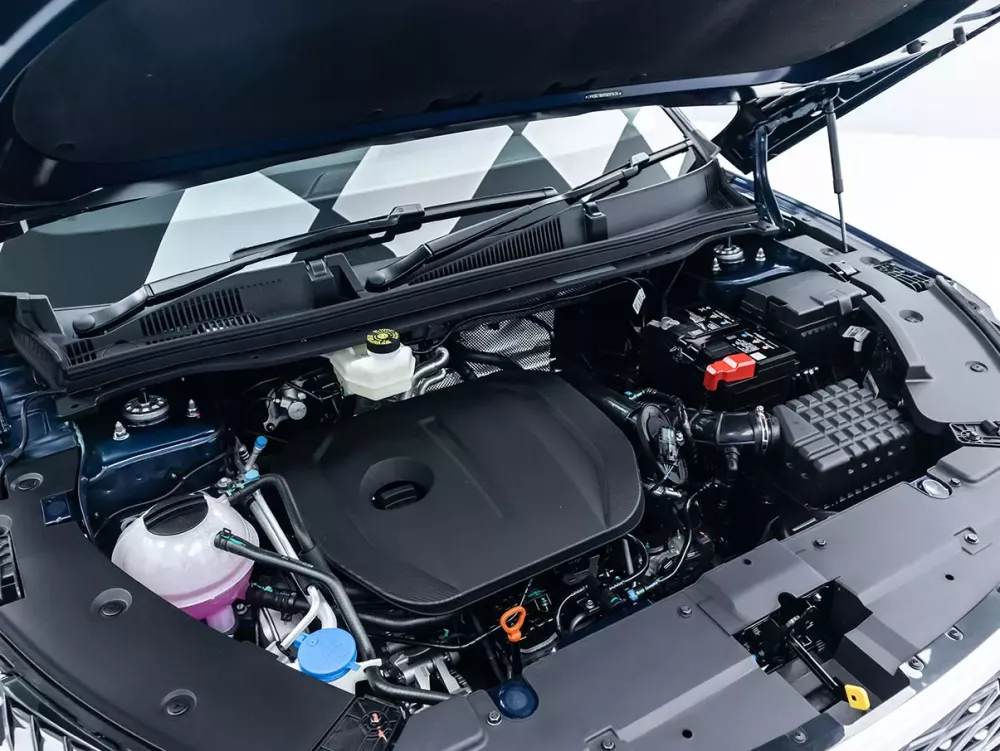
With 4 people in the car, Omoda C5 can easily accelerate and maintain a speed of 80 – 100 km/h (common speed on highways) without difficulty. However, the acceleration capability when performing overtaking maneuvers is slightly sluggish.
What features does Omoda C5 have?
The spacious phone compartment for two large phones, wireless charging, and two 10.25-inch digital screens are the first highlights when looking at the Omoda C5 cabin. Both Apple Carplay and Android Auto connect wirelessly, while USB-A and USB-C ports are located below the floating passenger control panel. Rear passengers share a USB-C port.
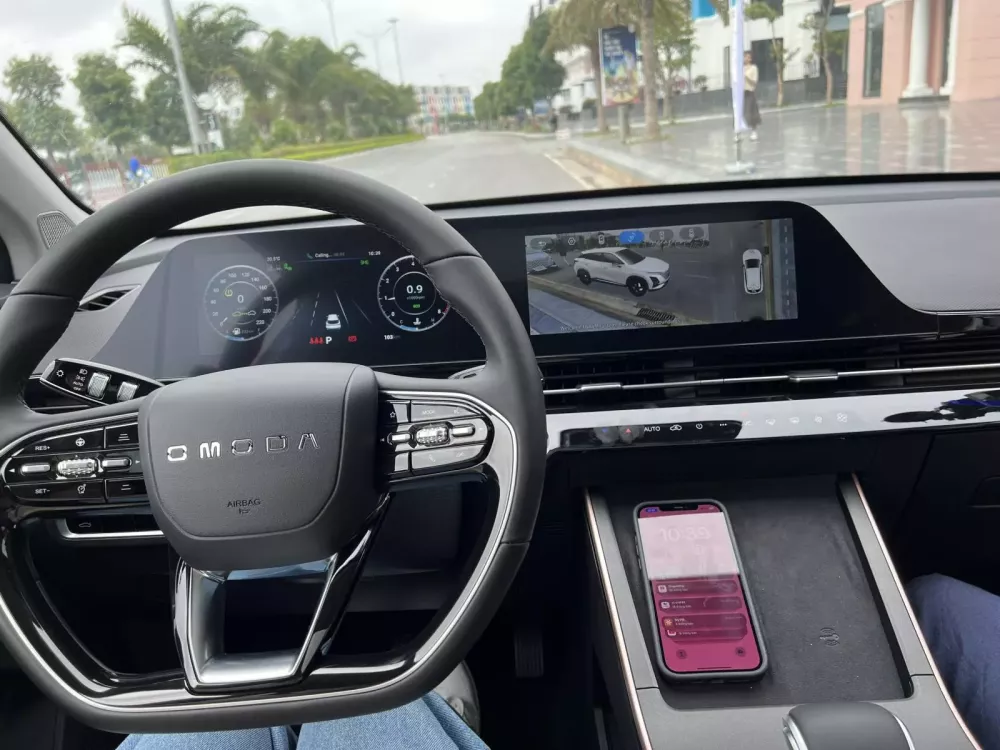
Similar to many recently introduced Chinese brand models, Omoda highlights the Level 2 autonomous driving capability of the new car. During the limited test drive, we were not able to fully evaluate these systems. However, it is introduced that the car has systems such as blind-spot monitoring, lane-keeping assist, and collision avoidance; Lane change assist, Adaptive Cruise Control (ACC) system; 360-degree camera support for the driver…
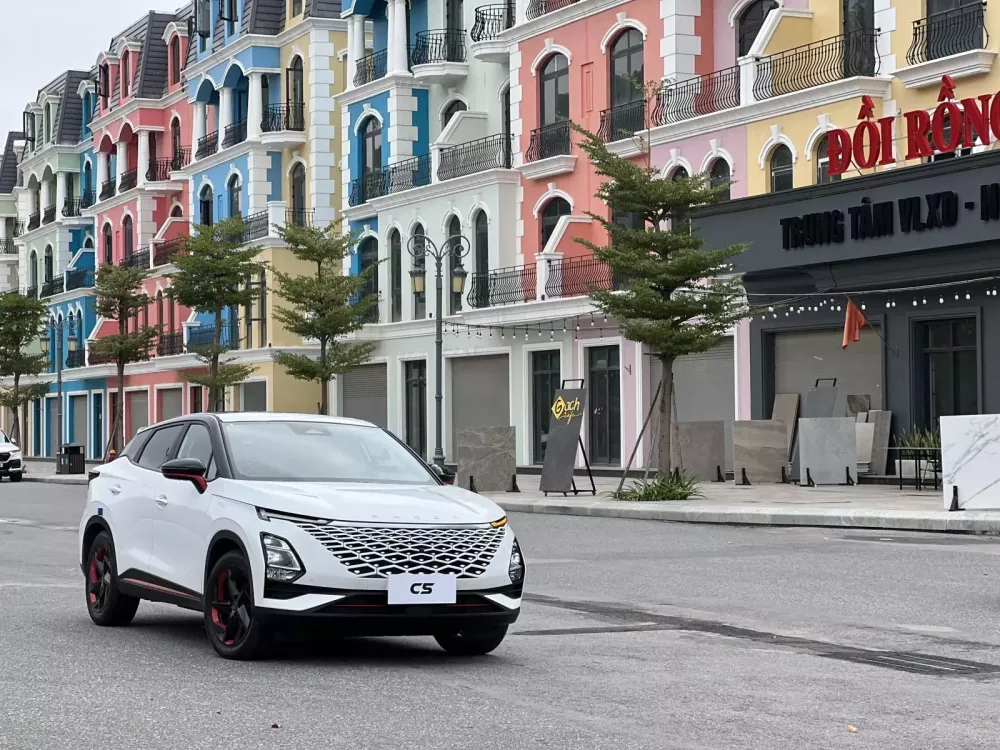
The car also has many other interesting features, such as remote control, keyless start, automatic memory of features such as air conditioning, music, and car location.
How is the driving experience and handling of Omoda C5?
Omoda made a wise choice by equipping C5 with 18-inch alloy wheels paired with high-specification tires compared to most modern models. They make the driving quality more comfortable on rough surfaces and provide better impact absorption. The rear suspension system seems stiffer than the front, making rear passengers feel slightly uncomfortable.
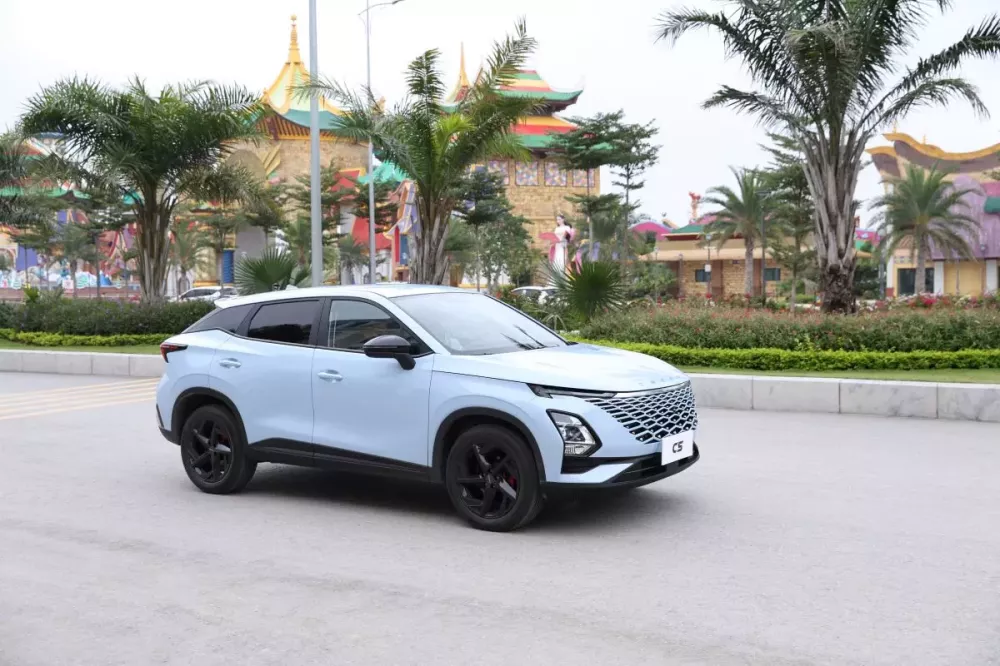
We did not have the opportunity to perform any high-speed cornering maneuvers, but in both Sport and Comfort driving modes, the multifunction steering wheel of Omoda C5 provides a very authentic and comfortable feeling, with good responsiveness. Based on initial impressions, this is one of the best steering wheels in the segment.
Conclusion
With the initial impression during the limited period of time, Omoda C5 is a well-equipped, modern, and youthful model that provides a confident feeling in terms of body and stability during operation. Although the price has not been announced, based on the significant equipment list mentioned above, as well as the recommended prices in other markets, the price of the highest trim level of Omoda C5 seems to be competitive. Along with the import from Indonesia, it is likely that the price of the highest trim level will be around 700 million VND or lower.

Omoda hopes to compete on an equal footing with Japanese and South Korean brands through product quality and long-term commitment in the Vietnamese market. The Omoda C5 crossover model will compete with models like the Mazda CX-30, Kia Seltos, and Hyundai Creta. The brand promises to invest heavily in distribution channels and establish a factory in Vietnam through cooperation with Geleximco.





